Biological Mechanisms of Coral Reef Adaptation
Introduction
Coral reefs are among the most diverse and complex ecosystems on the planet. They are home to a vast array of species and play a critical role in the health of the world's oceans. However, these delicate ecosystems are under threat from a variety of factors, including climate change, pollution, and overfishing. This has led to a significant interest in understanding the biological mechanisms that allow coral reefs to adapt to these changing conditions.
Coral Reef Biology
Coral reefs are composed of coral polyps, small, soft-bodied organisms related to sea anemones and jellyfish. These polyps secrete a hard, limestone skeleton that forms the structure of the reef. Coral polyps live in a symbiotic relationship with zooxanthellae, a type of algae. The algae provide the coral with food through photosynthesis, while the coral provides the algae with a protected environment and access to sunlight.
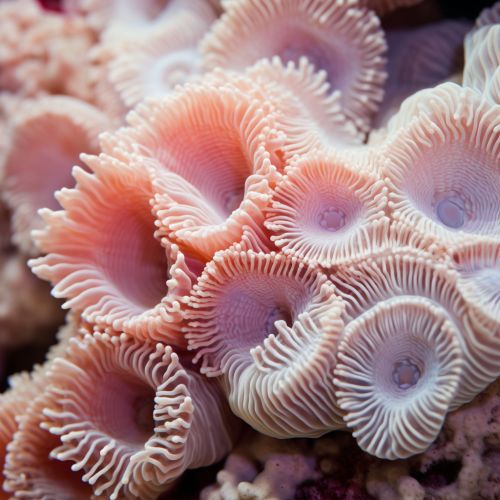
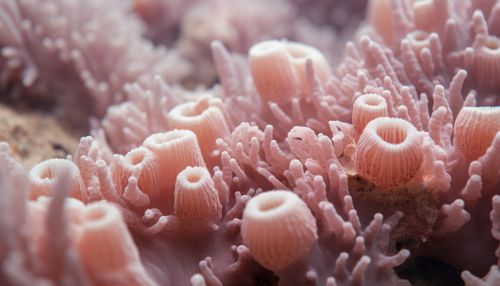
Mechanisms of Adaptation
Coral reefs have developed a number of biological mechanisms to adapt to changing environmental conditions. These mechanisms include genetic adaptation, phenotypic plasticity, and symbiont shuffling.
Genetic Adaptation
Genetic adaptation is a process by which a population's genetic composition changes over time in response to environmental pressures. In the case of coral reefs, this can involve changes in the genes that control traits such as temperature tolerance, disease resistance, and growth rate. Genetic adaptation can occur through natural selection, where individuals with advantageous traits are more likely to survive and reproduce, or through genetic drift, where random changes in gene frequencies occur over time.
Phenotypic Plasticity
Phenotypic plasticity is the ability of an organism to change its phenotype, or physical characteristics, in response to changes in the environment. This can include changes in morphology, physiology, and behavior. For coral reefs, phenotypic plasticity can allow them to adjust to changes in light levels, nutrient availability, and temperature.
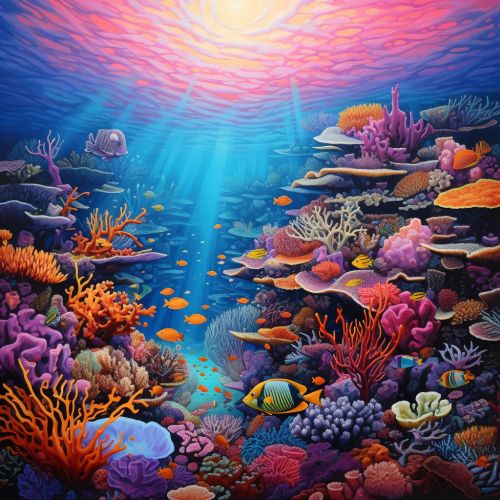
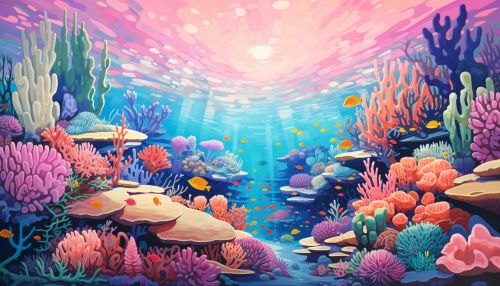
Symbiont Shuffling
Symbiont shuffling is a process by which corals can change the composition of their symbiotic algae in response to environmental stress. Different types of zooxanthellae have different tolerances to environmental conditions, so by changing the types of algae they host, corals can potentially increase their resilience to stressors such as temperature increases or nutrient fluctuations.
Challenges and Future Directions
Despite these adaptive mechanisms, coral reefs are still highly vulnerable to environmental change. The rate of current global change is unprecedented, and there is concern that coral reefs may not be able to adapt quickly enough to keep pace. Furthermore, other human impacts such as pollution and overfishing can exacerbate the effects of environmental change and hinder the ability of coral reefs to adapt.
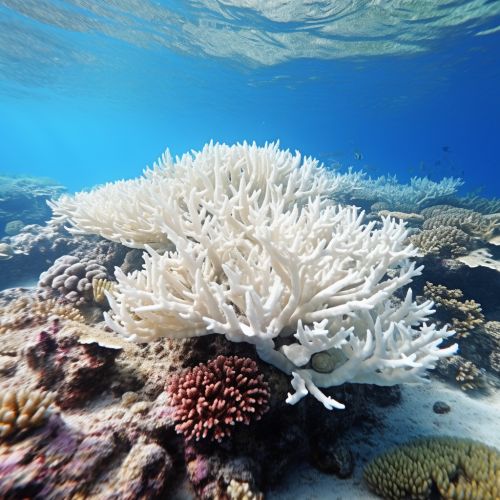
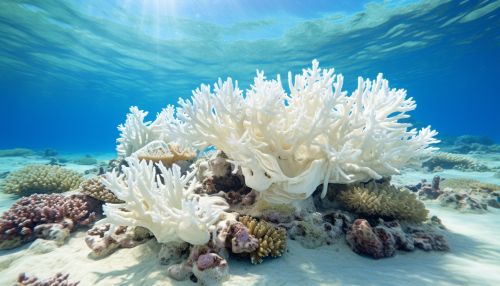
Future research in this area is focused on understanding the limits of these adaptive mechanisms and identifying ways to support and enhance the resilience of coral reefs. This includes studying the genetic basis of adaptation, investigating the potential for assisted evolution, and exploring the role of protected areas in supporting reef resilience.
